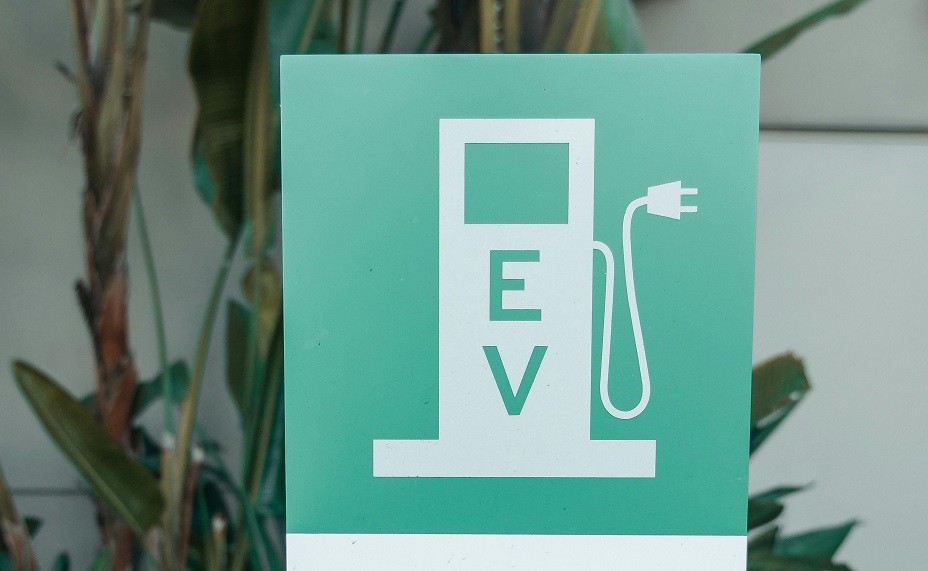by AJ Irving, May 20, 2024
The world continues to shift gears towards zero-emission vehicles (ZEVs) to combat climate change and promote cleaner transportation. Here's a look at the bold targets set by three countries in the Americas as well as by major car manufacturers to phase out internal combustion engine (ICE) vehicles.
Among the leading countries in the Americas
In theUnited States, the Advanced Clean Car Rule II is pushing for all new light-duty vehicles (LDVs) and ZEVs to be sold by 2035. This rule is a significant part of the US effort to fight climate change and improve air quality across the nation.
Canadais driving forward with a plan that requires all auto manufacturers and importers to hit 100% ZEV sales for LDVs by 2035. This move is part of Canada's broader strategy to cut down on carbon emissions and encourage the use of cleaner vehicles.
Chileis on a similar path, aiming for 100% of sales of LDVs and public transport vehicles to be zero emissions by 2035. They're also planning for all medium- and heavy-duty vehicles (M/MDVs) to be zero emissions by 2045, showing a comprehensive approach to greening their transportation sector.
Automakers going electric
Car manufacturers are also making big commitments to switch to electric vehicles (EVs):
BMWaims for half of its sales to be EVs by 2030, signaling a major shift in its vehicle lineup towards more sustainable options.
Changanis going even further, with a goal for 60% of its sales to be ZEVs by 2030. This highlights their aggressive push towards electric mobility.
Fordplans for 50% of its sales to be fully electric by 2030, marking a significant step in their electrification strategy.
Geelytargets 40% of its sales to be electric by 2025, showcasing their rapid move towards a greener fleet in a short period.
Hondahas set a long-term goal of making 100% of its sales ZEVs by 2040, paving the way for a completely electric future.
HyundaiandGenesisaim to hit 2 million annual EV sales by 2030, with BEVs making up 34% of their production by the same year.
Kiais aiming for 37% of its sales to be EVs by 2030, translating to about 1.6 million units per year.
Mercedes-Benzis targeting 50% of its sales to be electric by 2030, reinforcing its leadership in the luxury EV market.
Nissanhas set a target for 55% of its sales to be electric by 2030, emphasizing their commitment to sustainable driving.
Volkswagenplans for half of its sales to be BEVs by 2030, reflecting its heavy investments in electric vehicle technology.
The Road Ahead
Ambitious targets from countries and car manufacturers show a clear and strong movement towards electrification. It's not just about aspirations anymore. It's about taking concrete steps to reduce emissions, improve air quality, and drive towards a more sustainable future. With advancements in technology and better infrastructure, the shift to zero-emission vehicles - and a cleaner planet - is becoming more practical and widespread throughout the world.

